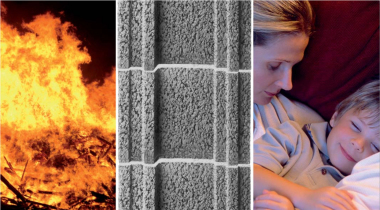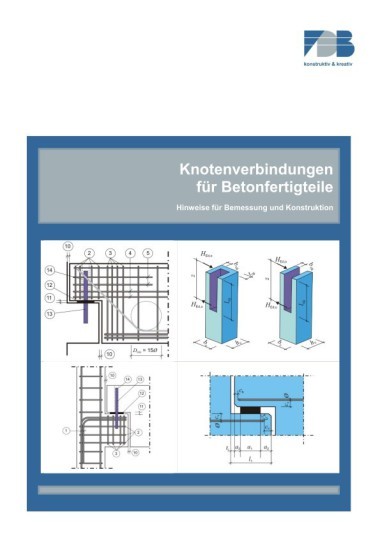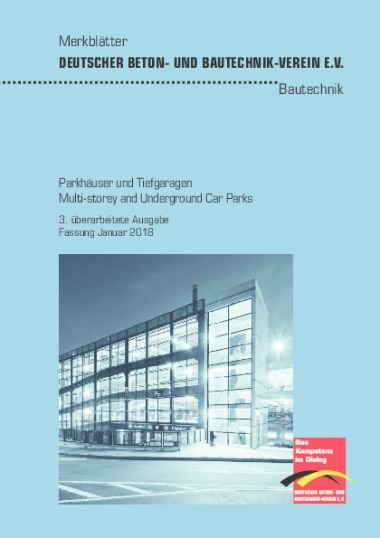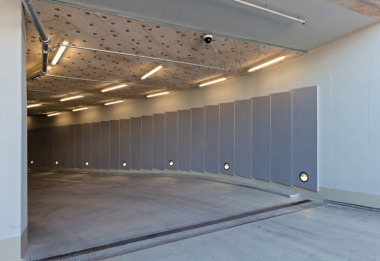New brochure on catch-basin structures
The planning, construction, operation, demolition, and disposal of structures for handling water-endangering substances are subject to legal regulations and official requirements. The material-technological and structural possibilities inherent in concrete qualify this construction material for use in the field of environmental protection where water regulations must be observed. When concrete elements are used for retaining water-endangering substances, future-oriented planning beyond the usual measures is required.
In this context, all parties participating in construction are faced with...






